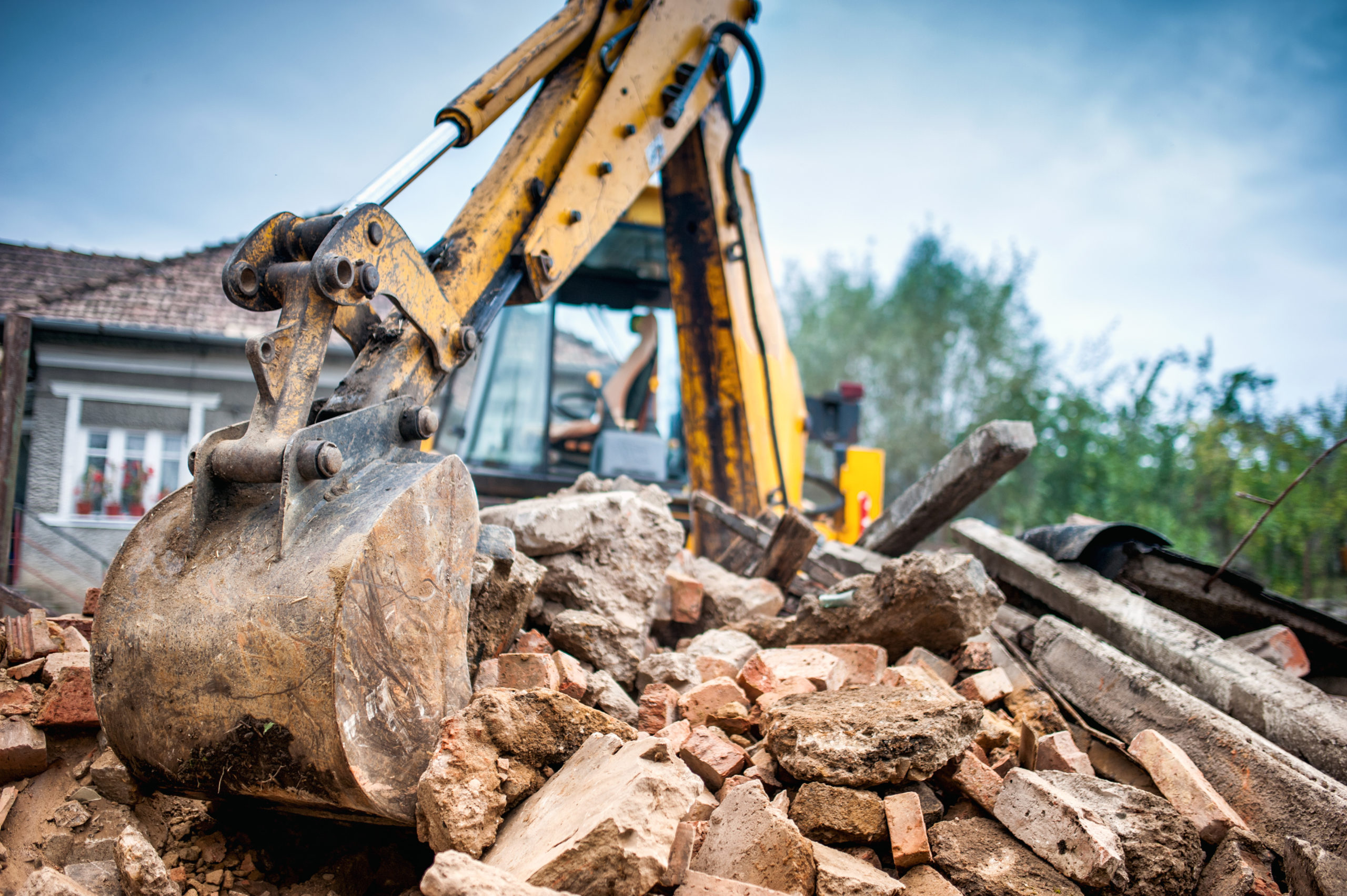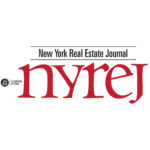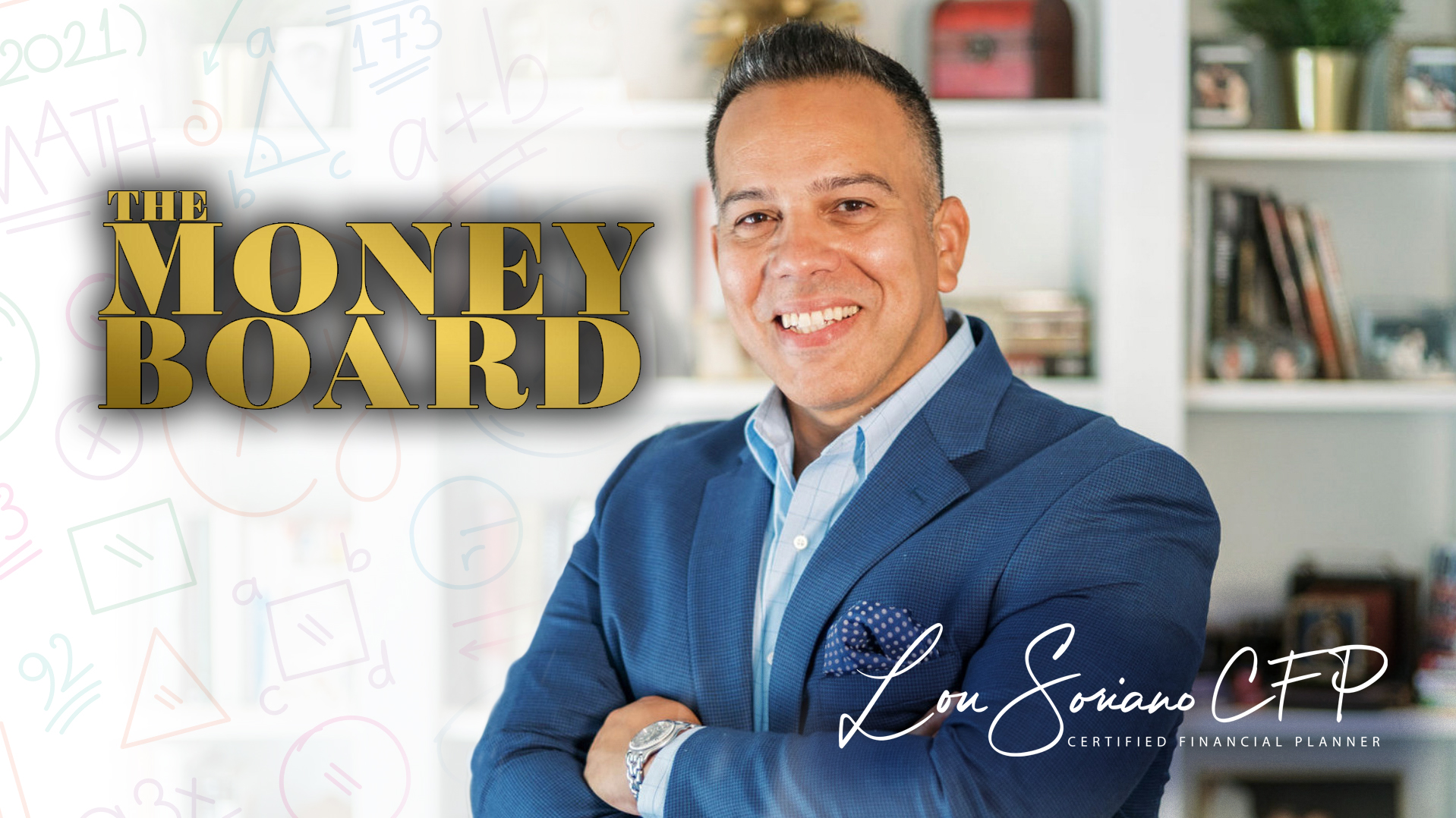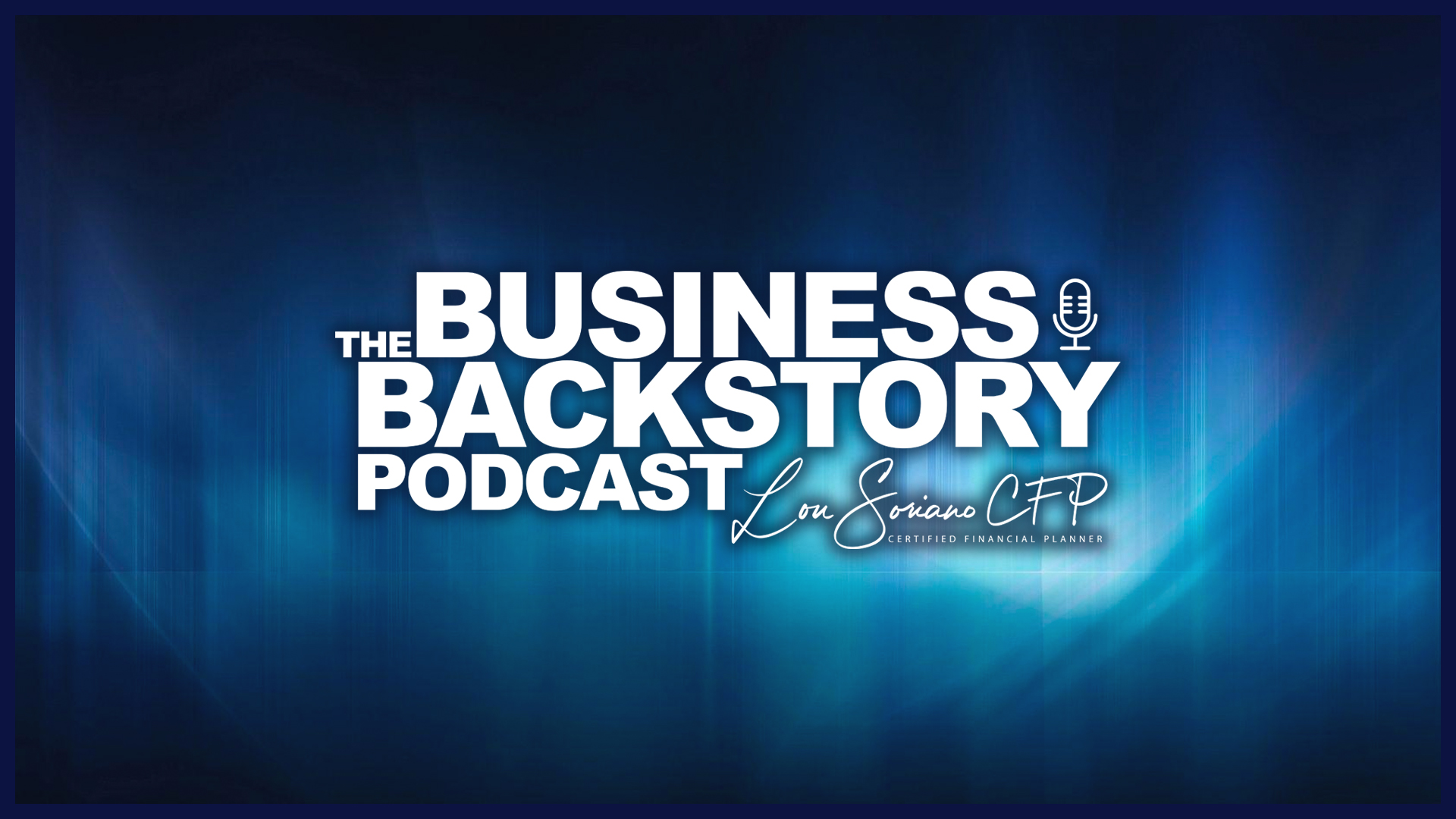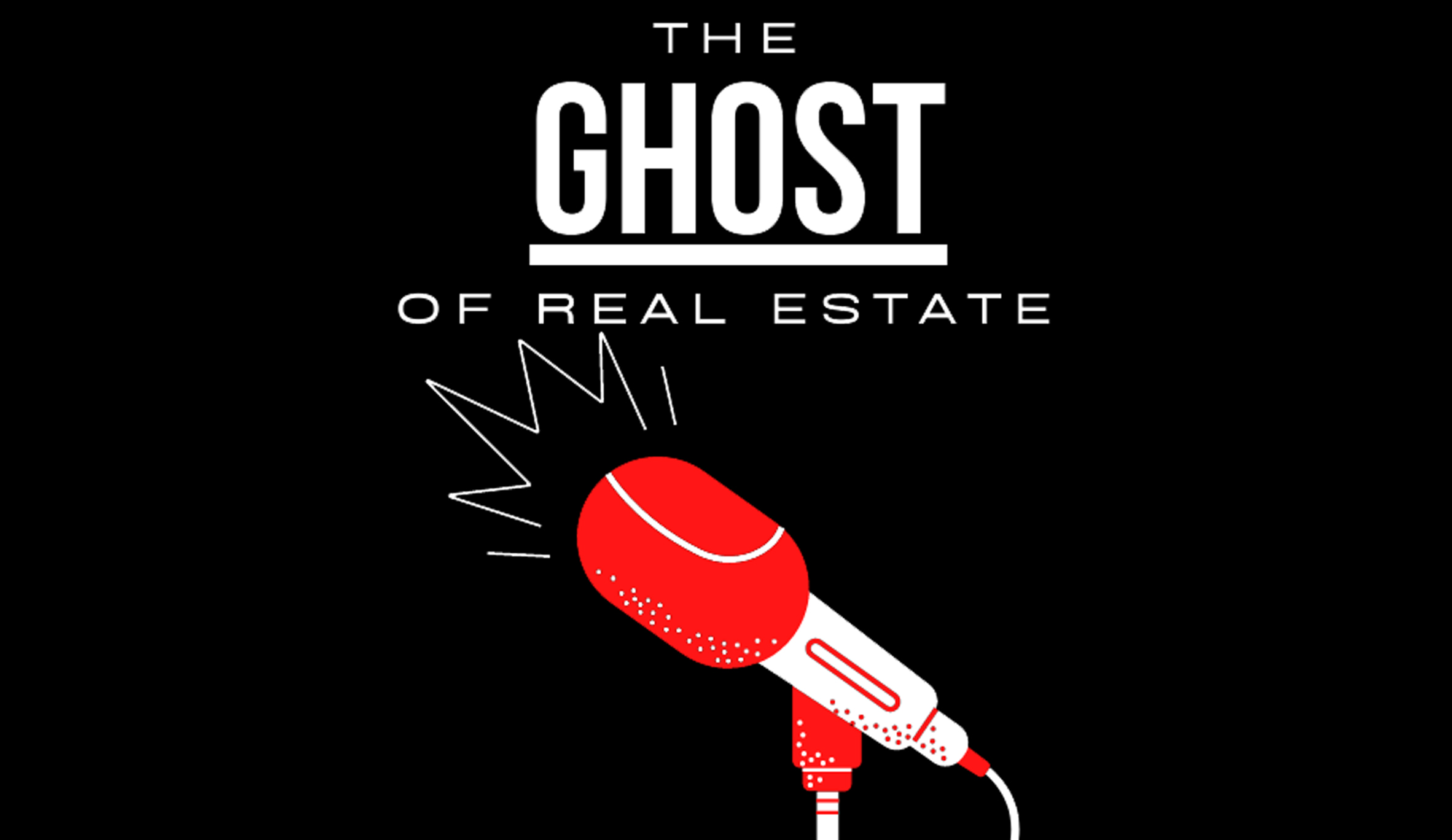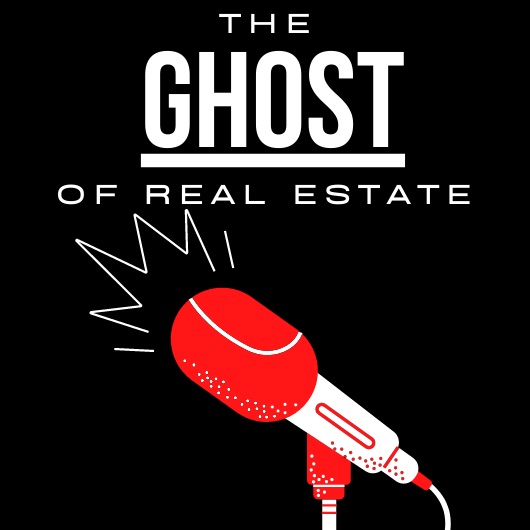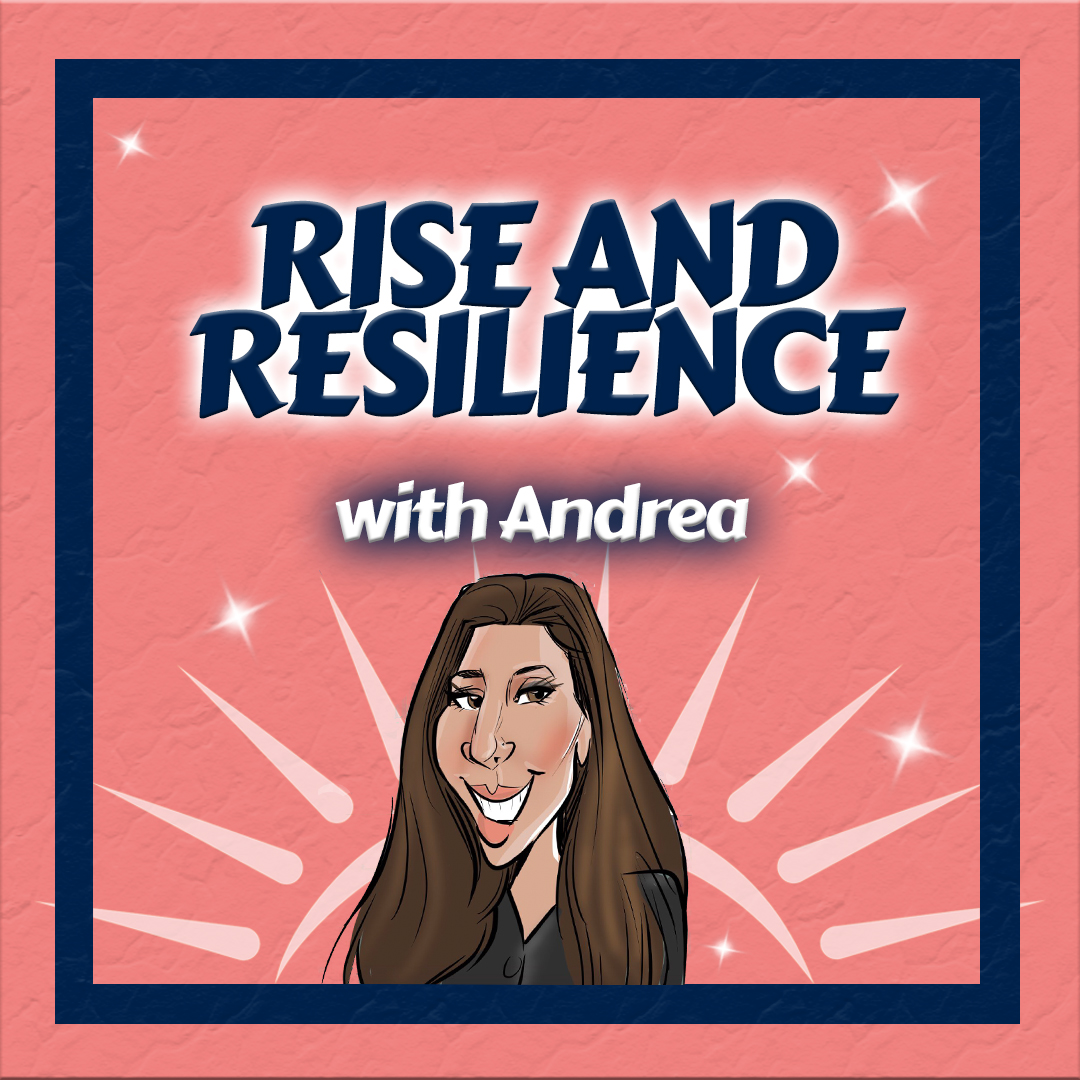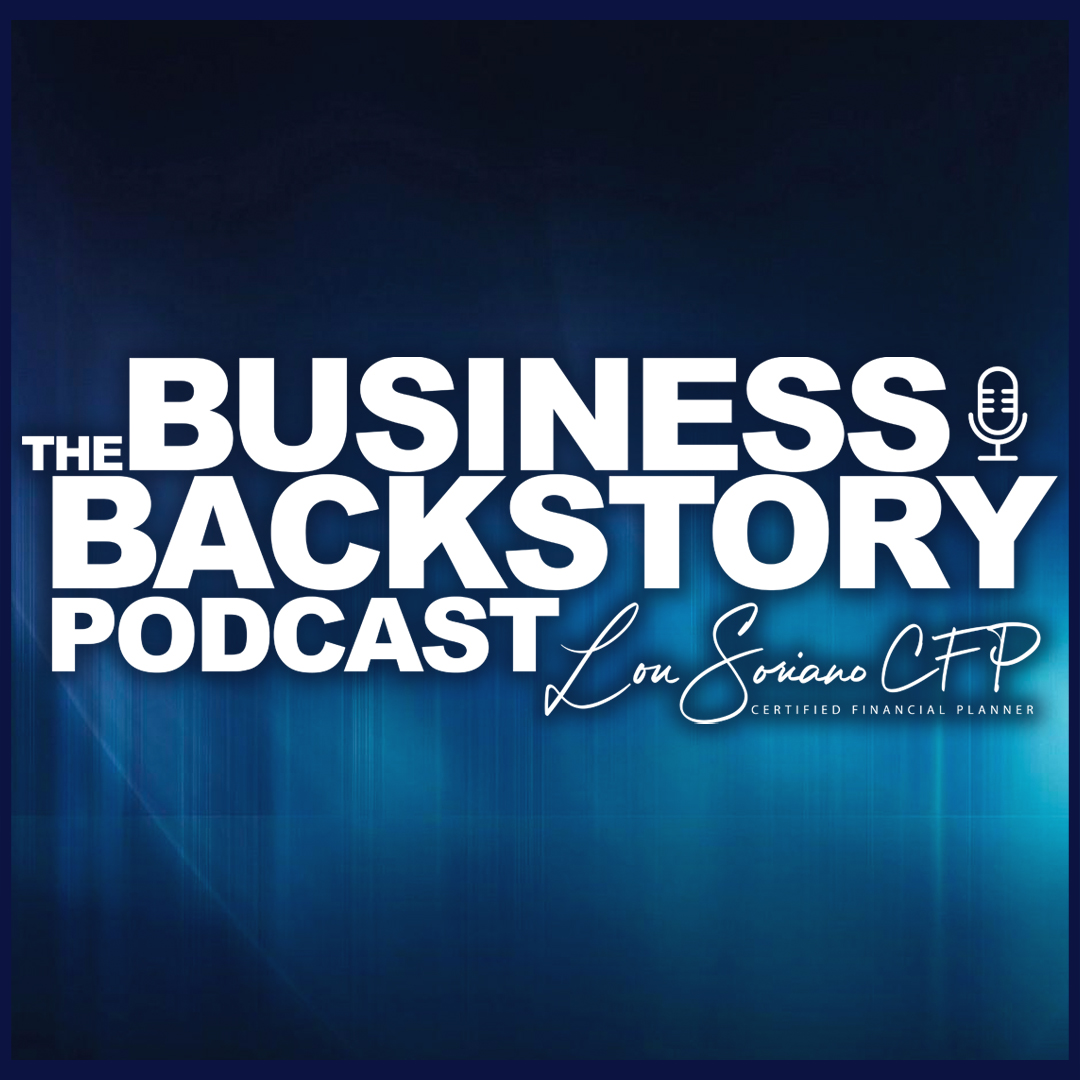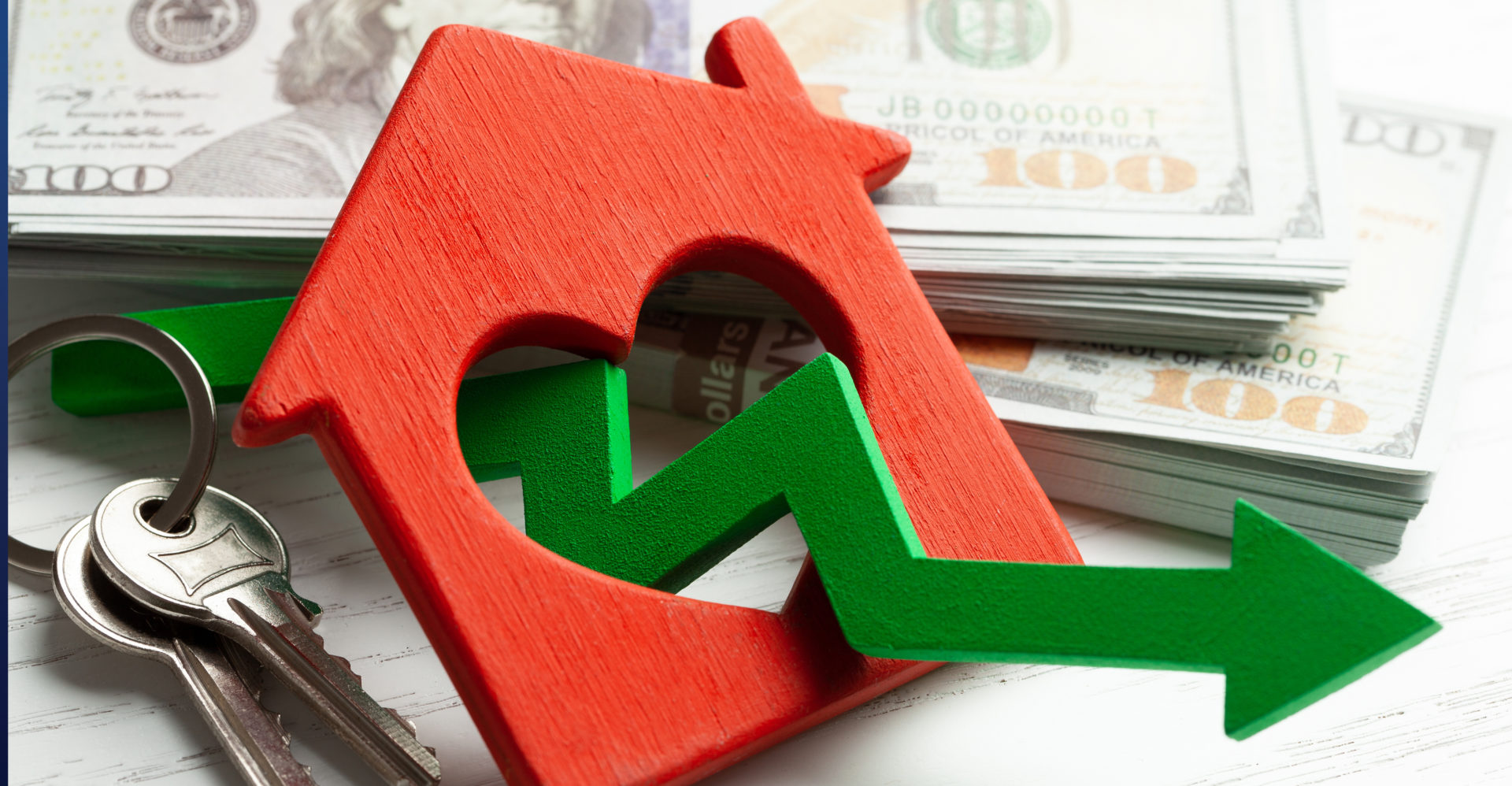
October 2020
4 Min Read
For Those Hurting Before COVID, Property Tax Relief Can’t Come Soon Enough
Written by Brad Cronin & Sean Cronin.
J. Crew, JC Penney, Pier 1 Imports, GNC, Brooks Brothers, Lord and Taylor, Gold’s Gym and 24 Hour Fitness are just some of the household names that have filed for bankruptcy since the start of Coronavirus. Some of these companies hope to reemerge after financial restructuring, but rarely is a bankruptcy filing indicative of a thriving future. In fact, in many of the cases, COVID expedited the inevitable. Whether these companies occupy buildings as tenants or own properties themselves, their need for property tax relief predates COVID’s arrival in the United States. In order for these properties to survive, their property tax cuts need to be swift and substantial.
Bankruptcies do not happen overnight. To paraphrase Hemingway, companies go bankrupt two ways: Gradually, then suddenly. Many companies, primarily those in the retail sector, could not withstand the effects of COVID because their decline began well in advance of the pandemic.
Landlords in different property sectors have been forced to agree to deferrals and rent reductions to different degrees. Owners of retail and hospitality properties are bracing for a market correction that will entirely redefine property values. Many of these properties are teetering on the brink of survival and to avoid closing its doors entirely it will be imperative that the assessor adjust values for property tax purposes.
The urgency with which retail and hospitality must receive property tax relief cannot be understated. If their tax burden is not adjusted, the domino effect of lost sales tax revenue, job losses, and missed tax payments will provide collateral damage to an already reeling economy.
COVID’s contribution to the decimation of certain market sectors is not just limited to those companies competing against Amazon. It includes restaurants that are spending thousands of dollars to reposition indoor seating. Top of the line venues purpose-built to encourage social interaction are now scrambling to reconfigure six-foot spacings. Retailers who pivoted and found a way to provide personal “experiential” settings are working to undo these efforts and limit customer interactions. And fitness concepts, once the antidote to failing centers, are now unsure if there is a place for them at all in a post-COVID world.
For those that survive, there are immediate and ongoing costs. These are not choices, but business necessities. The impact on this increase in the cost of doing business will have an astounding impact on values. If a restaurant spends more money, but does less business, they will be seeking to pay less rent in order to remain solvent. Similarly, if a retailer needs to space out their store, allow less shoppers, and generate lower sales, they must cut costs in their rent payments. Alternatively, some tenants are looking for landlords to pay the costs of adapting to the COVID environment. Whether it’s the landlord spending more money or the tenant paying less, the bottom line is diminished cash flow and lower property values.
In New York, the courts have explicitly stated their preference of valuing commercial properties by an income approach to value. This approach has four major components, all of which have been dramatically impacted by COVID: Income, vacancy rate, expenses, and capitalization rate.
Total income collected is down. Even if rental agreements were signed at high amounts, rent collection levels are down across all sectors. Vacancies were already increasing in many sectors and are now skyrocketing. Even in an optimistic scenario, we are likely to see vacancies at all-time highs.
Since March, appropriate budgeting for expenses has become an even more difficult task. Between PPE equipment, sanitizing products, plexiglass dividers, more frequent cleanings, and physical alterations to existing space, properties are faced with alarming expense inflation. The scary part is that with operations at a complete standstill from March to June (and some much longer), 2020 expenses will not show the true amount of costs for an entire year. The upkeep and adjustment required to these new standards stands to be even higher in 2021.
The last component is capitalization rate. While market cap rates can always vary, one thing is certain—there is more investment risk in a post-COVID world than before, and cap rates will adjust up to reflect that risk.
The law mirrors the marketplace in this instance and property assessments must be lowered. While it would be prudent for assessors to make these adjustments proactively and avoid additional economic damage, that is not always an easy task. Therefore, it becomes imperative that each owner present a complete picture of its business both before and after COVID, in order to show that not only has it been impacted, but that it is part of an overall market correction that was already occurring and will undoubtedly endure beyond COVID, and for that reason should have its tax burden reduced accordingly.







